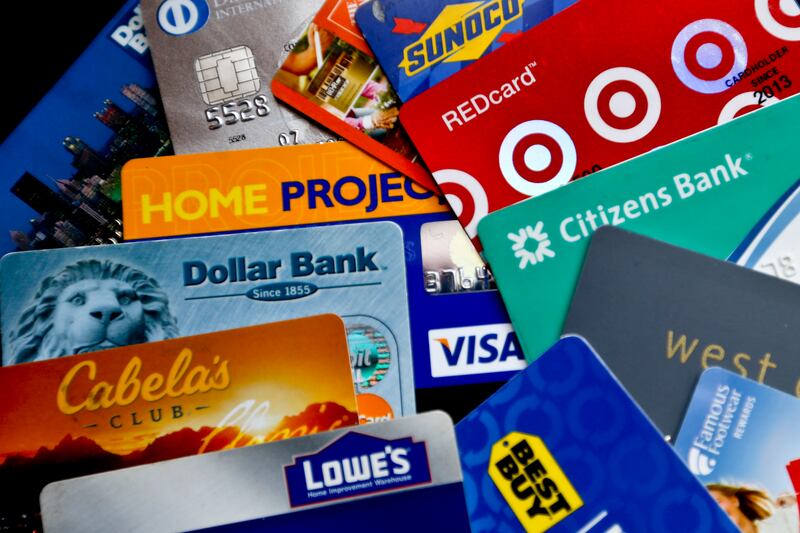Swiping a credit card is dangerously easy—so much so that “over half of Americans (53%) have reached their credit card limit at some point, and 29% admit that they max out their credit card every month,” per Yahoo Finance.
The United States has nearly $1.3 trillion in credit card debt, adding as much as $108 billion in 2023 alone, according to a WalletHub study that looked into which U.S. cities had the most debt.
Cities with the highest credit card debt increase in the last year:
- Rancho Cucamonga, California.
- Ontario, California.
- Fontana, California.
- Santa Clarita, California.
- Santa Ana, California.
In the 181 cities looked at, Utah had two cities on the list.
West Valley City, Utah, ranked 13th with a credit card debt of $529,519,704, an $84,181,052 increase, and Salt Lake City was lower on the list at 110th with a debt of $1,087,020,353, an $96,524,925 increase in the last year.
“It’s hard to look at a number like $1.3 trillion in credit card debt and truly understand the impact it has on individual Americans,” WalletHub Editor John Kiernan said per the study. “Comparing the residents of cities based on how much debt they’re adding at the household level and what their average balance is puts things in perspective. Many people’s debt is in danger of becoming unsustainable, which means their financial future is in jeopardy.”
How to manage credit card debt
During the pandemic, American’s credit card debt decreased due to citizens using government stimulus checks to pay off their household debts.
“In fact, during the pandemic, the share of cardholders who paid off their credit card debt reached the highest in recent years. Specifically, the share of all active accounts that carried a balance declined from 50% to 45% from April 2020 to December 2021,” according to the U.S. Government Accountability Office.
As prices have increased, Americans have used their credit cards more frequently to purchase items, which leads to higher costs. In response, the Federal Reserve has hiked interest rates in an effort to fight inflation, resulting in elevated payments for credit card holders who do not settle their monthly balances entirely.
“After the pandemic, inflation skyrocketed. In response, the Federal Reserve started increasing interest rates to cool the pace of rising prices, hiking its benchmark rate 11 times,” per Fortune. “Now that inflation has slowed — from more than 9% to 3.4% — the Fed expects to hold rates steady before cutting them in 2024.”
If you’re looking for ways to lower your credit card debt — and you’re not alone — NerdWallet shared the following expert advice to get out of debt:
- Create a payment method and stick to it.
- Think about debt consolidation as an option.
- Speak with your creditors.
- Find out available debt relief options.
- Decrease your day-to-day expenses.


